A Tale of 2 Cities: How Health Disparities are Impacting COVID-19 in New York City
By Sinduja Sriskanda
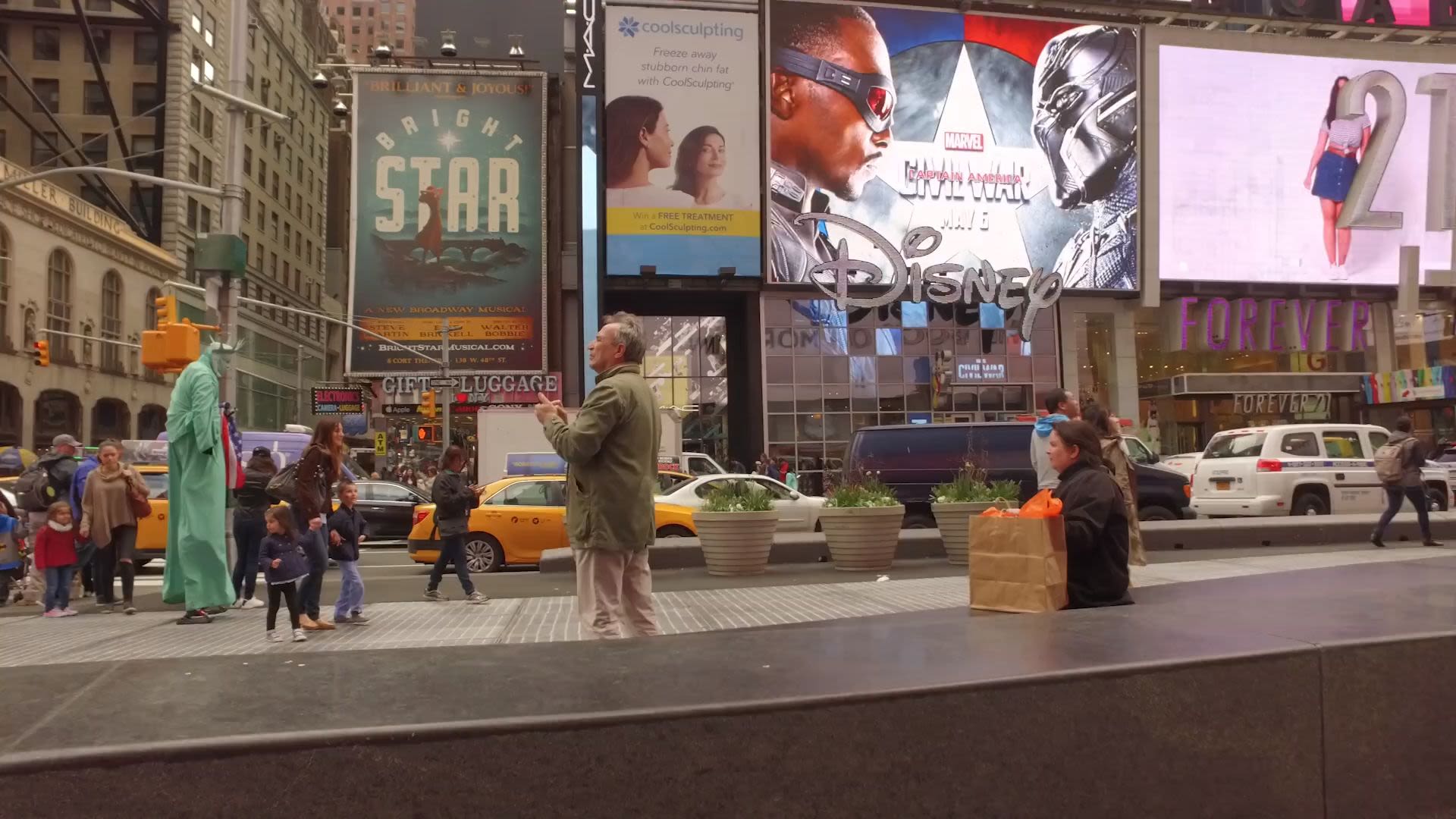
From February 2020 to June 2020, the CDC deemed New York City as the epicenter for the SARS-CoV-2 pandemic (known more colloquially as COVID-19) not only within the United States but also worldwide[1]. During this time, NYC Department of Health and Mental Hygiene reported 203,000 confirmed COVID-19 cases, making up a majority of COVID-19 cases in the United States at the time. By April 10th, New York had more confirmed COVID-19 cases than any other country beyond the United States [3].
Though shocking, many were not surprised. New York City has a high population density, social distancing was close to impossible, and many relied on public services and transportation to survive. Regardless, New York City has went into an immediate lockdown in order to combat the growing number of cases.
e·qual·iz·er
/ˈēkwəˌlīzər/ noun
Something that makes things equal
Government officials (including New York Governor Andrew Cuomo) consistently referred to the virus as "the great equalizer." It is a virus that goes beyond wealth, fame, prestige, race, and age. This was the rhetoric that persisted neat the beginning of the pandemic: anyone can be infected and die from the pandemic. Everyone should be doing their because the virus doesn't discriminate against anyone.
But is that truly the case?
If the virus is the great equalizer, then why are some races more impacted than others?

Income and COVID are connected to each other
A journal released by the American Medical revealed that "neighborhood income and other structural factors" plays a large role in the likelihood that an individual will contract and die from COVID. This journal additionally states that the infection rate "was nearly eight times higher for more racially and ethnically diverse countries" compared to their white counterparts [7].
The racial inequities that are observed is nothing new. Decades of data and publications direct researchers towards the impact race and income has from access to healthy food to mental health and to diabetes. Despite this, the UCLA Civil Rights Project found in 2014 that New York City schools are "among the most segregated in the country," which is a reflection of its geographic landscape [2].
There is a strong relationship between income and health outcomes. Income can influence factors such medical care but also things such as access to healthy food, and obtaining quality education, ability to work remotely - all of which that will play a role in the frequency COVID cases that a neighborhood might experience[6].
Health disparities that come as a byproduct of income differences makes people of color more likely to have pre-existing conditions and chronic illnesses that makes them more susceptible to the virus. As a result, non-white neighborhoods were facing a higher infection rate, hospitalization rate, and death rate.
NYC neighborhoods that were the most affected according to New York Times:
- Starret City (Brooklyn)
- Edgemere (Queens)
- Flushing (Queens)
- Allerton (Bronx)
- Sea Gae (Brooklyn)
- East Elmhurt
- Arverne (Queens)
- Co-cop City (Bronx)
- Stapleton (Staten Island)
- Jackson Heights (Queens)
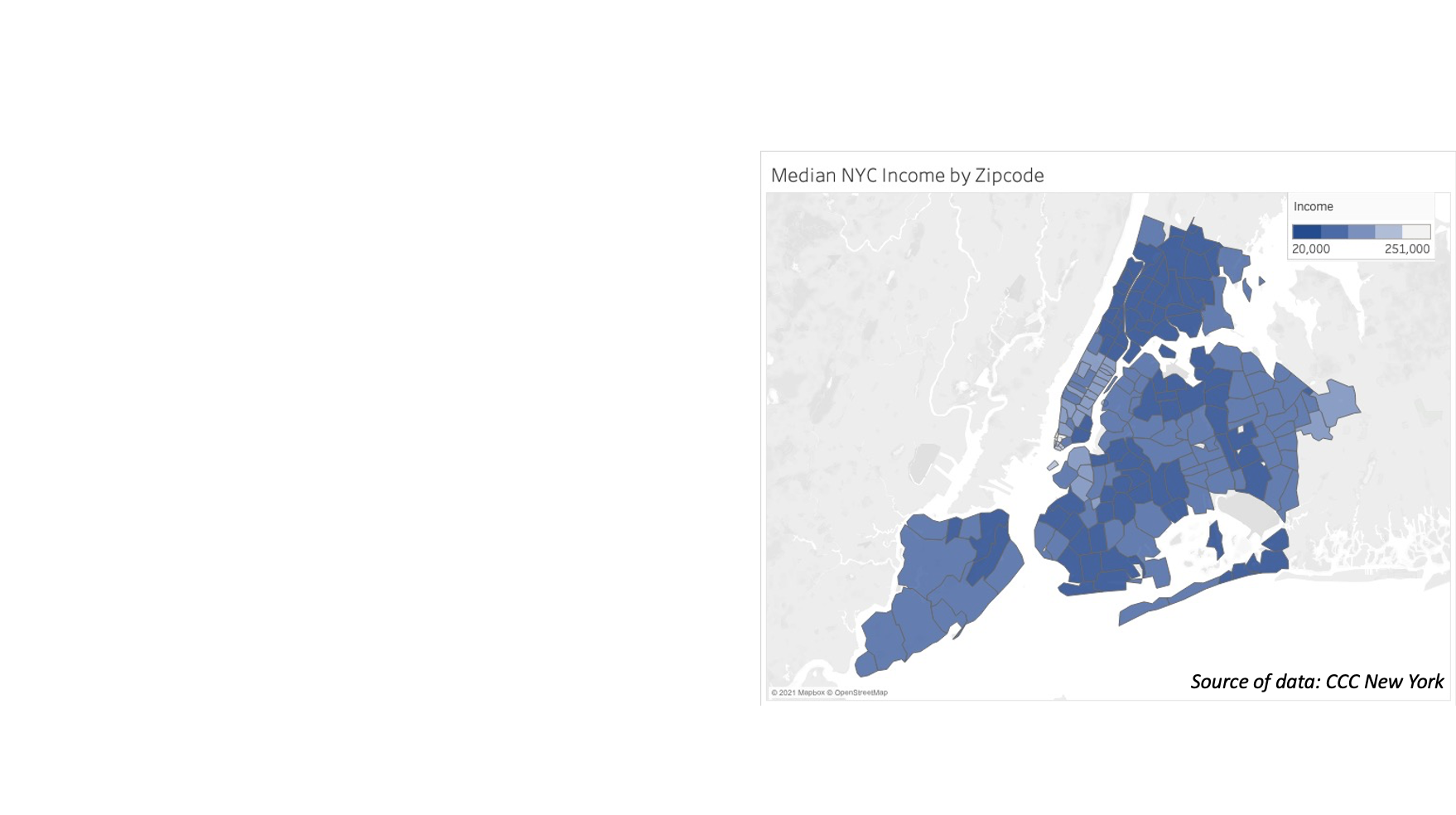
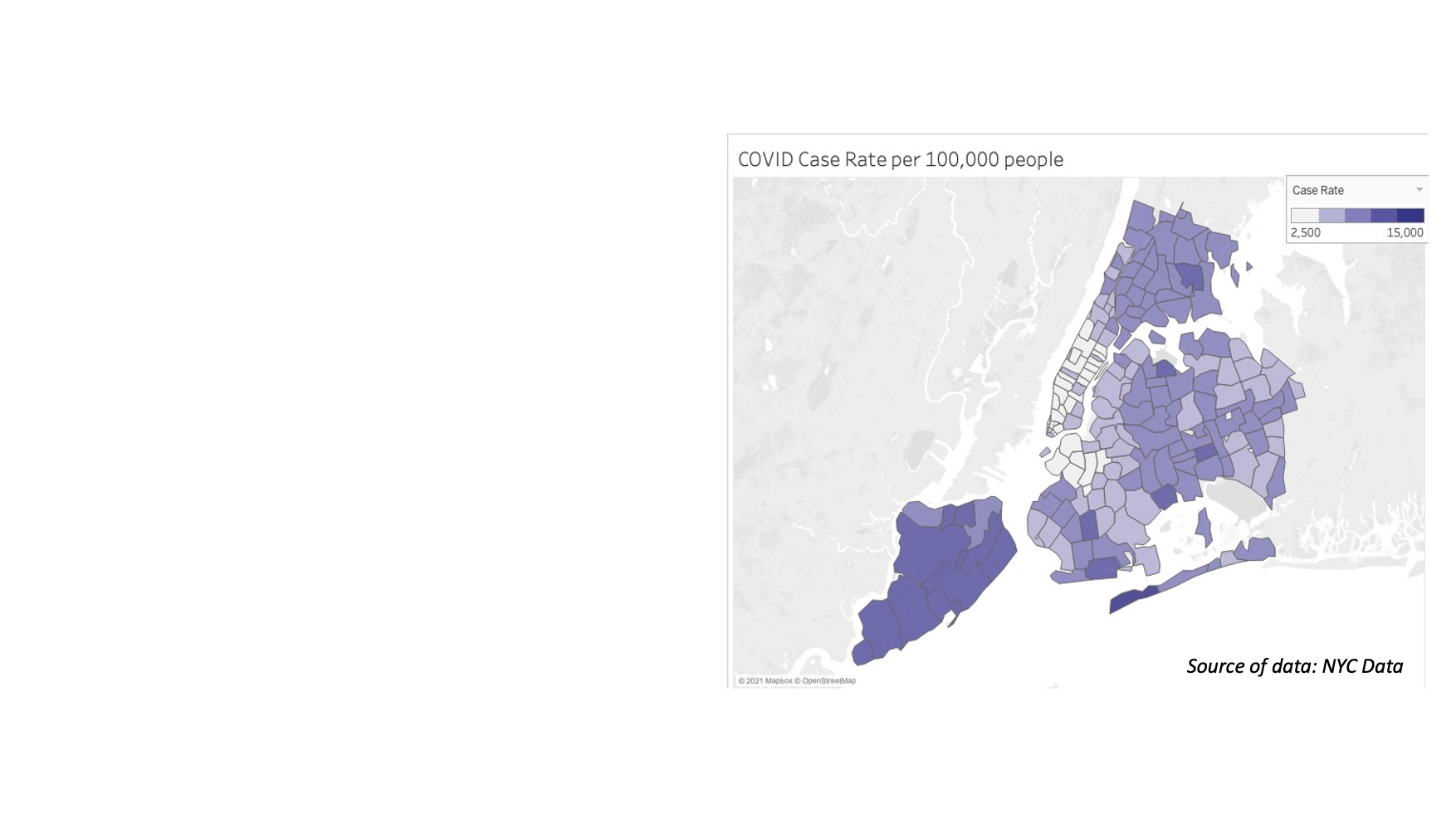
At the beginning of 2021, the first dose of COVID-19 vaccine in the United States was administered in Queens to a critical nurse - an area described by New York Times that was bearing the burden of the virus.
With this new chapter in the city's fight against the pandemic, New York State prioritized at-risk communities during the vaccine distribution. The hope was that by prioritizing those facing a greater risk first, the inequalities that are seen would be diminished.
Photo taken by Hakan Nural
Despite these efforts, the vaccine distribution was still not even across race.
Data collected by New York City Department of Health and Mental Hygiene reports that out of the approximately 300,000 residents that were vaccinated with the first distribution of the COVID vaccine, 48% of residents were white and were Black and Latino residents being severely underrepresented with 11% and 15% respectively [1].
This is particularly alarming as New York City's population is roughly 30% Latino and 25% Black. Despite making up a large portion of New York City, they are the minority during the vaccination process [9].
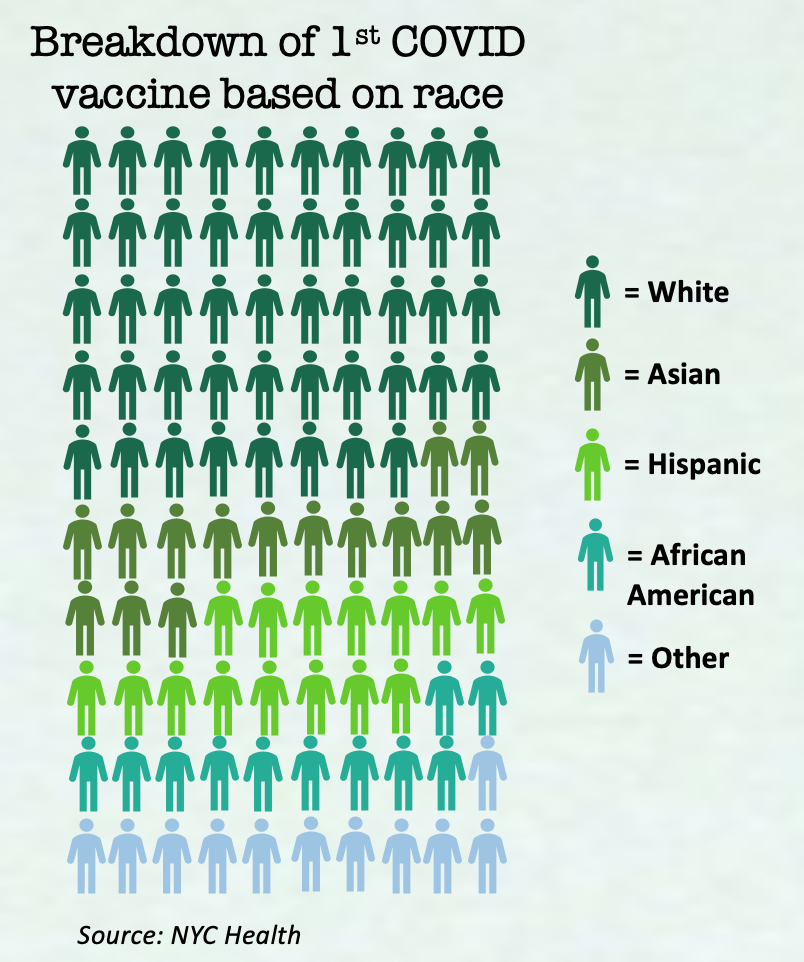
This is problematic for several of reasons:
1. The neighborhoods that are impacted the hardest are the ones who are being vaccinated.
2. There are outside factors that are systematically hindering minority communities from receiving the vaccine.
3. Minority races are the ones who are primarily the frontline workers, are the ones who are less likely to have a vehicle, and are more likely to rely on public transportation.
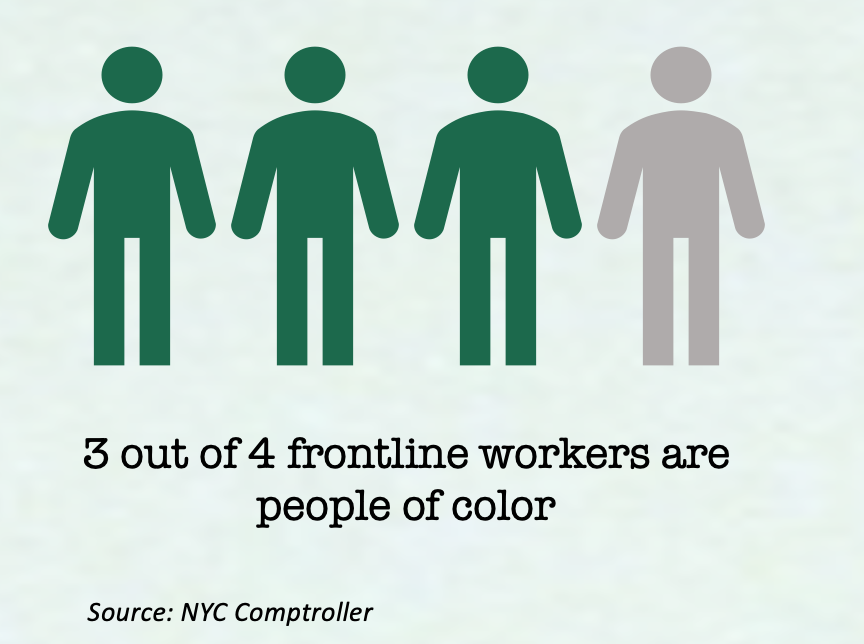

What can we do at this point?
For Local Residents:
1. Sign up to volunteer at New York City Service. Getting involved in community outreach to at-risk communities and join NYC Service's various opportunities to make sure those who are interested in being vaccinated face limited barriers.
2. Educate your friends and family members. Telling them about their eligibility and keeping them informed will keep those who are not aware in the loop.
3. Contact your local representatives to bring this to their attention. Your voice has power. Speak up!
Photo taken by Joel Muniz
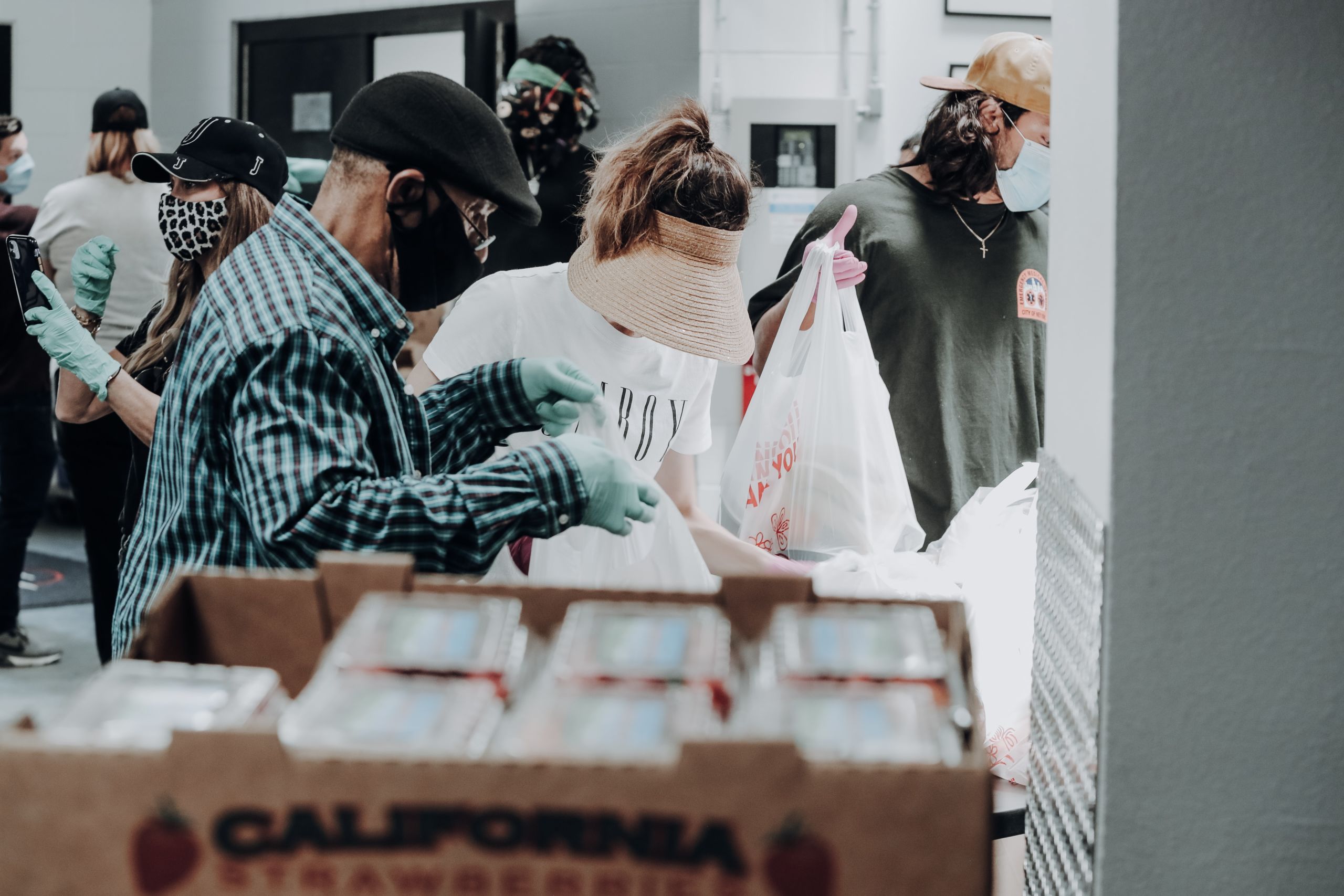
For Medical Workers
Work with local community leaders to educate about disparities. Not everyone can easily access a hospital where that information would be accessed. Hospitals can do the following:
1. Collaborate with local community leaders in hosting a series of workshops about risks of COVID and prevention measures that can be taken.
2. Have vaccination sign up events in order to educate the public about eligibility and make the process easier.
3. Have at-home vaccination sites for those who are not able to arrive to the off-location sites.
Photo taken by Marcelo Leal
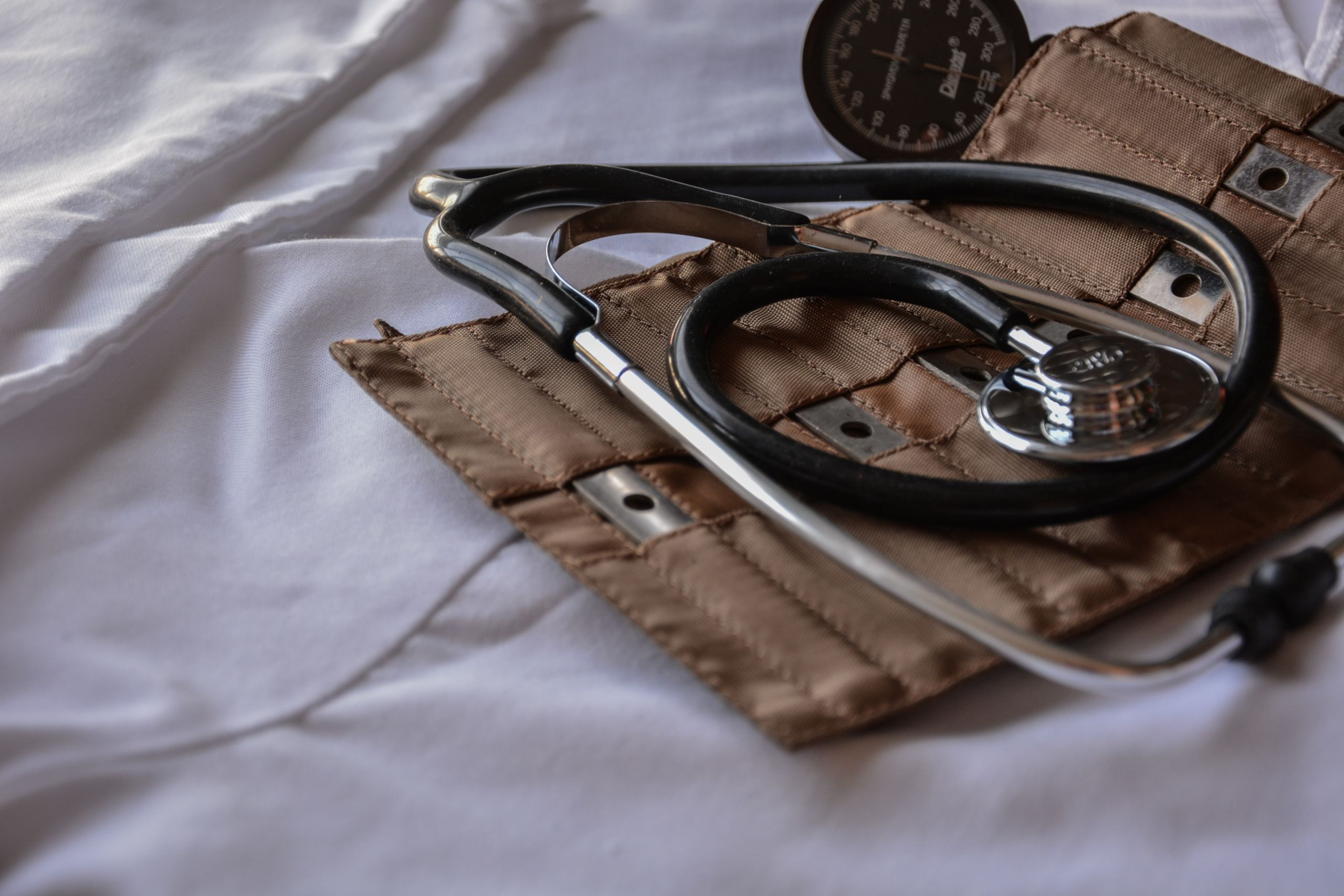
For NYC Politicians
Work with local leaders to educate about disparities. This would include:
1. Acknowledging the racial disparities and making efforts to bring it forward.
2. Running awareness campaigns about the virus
3. bringing testing and vaccination sites to the local communities, and providing safe transportation for those who are unable to reach the sites
4. Advocate for future policies that will reduce the health disparities seen across races
Photo taken by Joel Muniz
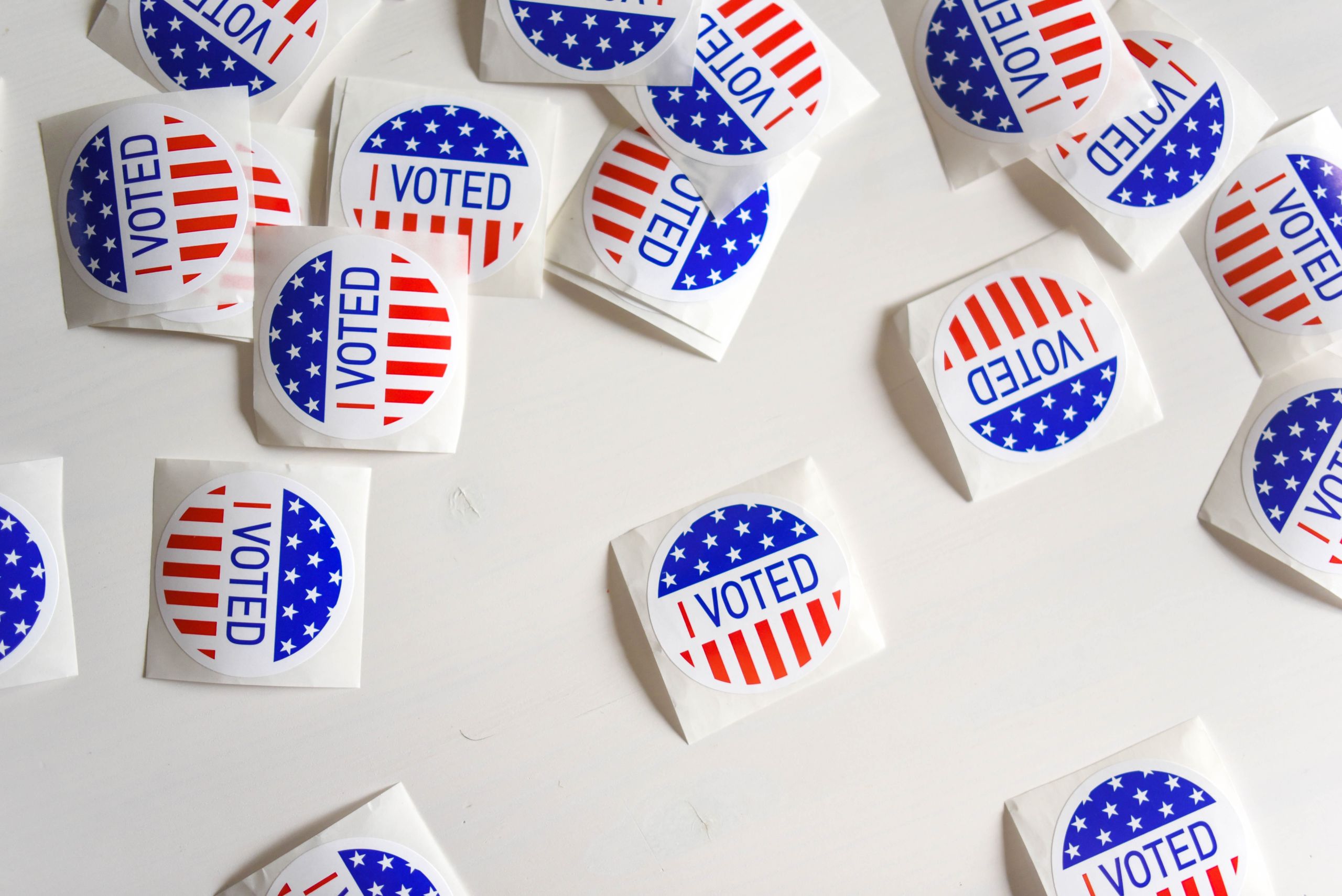
Citations
[1]“COVID-19: Data.” COVID-19: Data on Vaccines - NYC Health, www1.nyc.gov/site/doh/covid/covid-19-data-vaccines.page.
[2]“Desegregating NYC.” Brad Lander, council.nyc.gov/brad-lander/new-council-report-outlines-12-steps-toward-desegregating-nyc-2/.
[3]Dzhanova, Yelena. “New York State Now Has More Coronavirus Cases than Any Country Outside the US.” CNBC, CNBC, 10 Apr. 2020, www.cnbc.com/2020/04/10/new-york-state-now-has-more-coronavirus-cases-than-any-country-outside-the-us.html.
[4]Kim, Juliana. “Vaccine Distribution Is Underway in New York.” The New York Times, The New York Times, 15 Dec. 2020, www.nytimes.com/2020/12/15/nyregion/vaccine-distribution-new-york-city.html.
[5]“New York City's Frontline Workers.” Comptroller.nyc.gov, 26 Mar. 2020, comptroller.nyc.gov/reports/new-york-citys-frontline-workers/.
[6]Schwirtz, Michael, and Lindsey Rogers Cook. “These N.Y.C. Neighborhoods Have the Highest Rates of Virus Deaths.” The New York Times, The New York Times, 19 May 2020, www.nytimes.com/2020/05/18/nyregion/coronavirus-deaths-nyc.html.
[7]Tanya Albert Henry. “Data from 10 Cities Show COVID-19 Impact Based on Poverty, Race.” American Medical Association, 5 Aug. 2020, www.ama-assn.org/delivering-care/health-equity/data-10-cities-show-covid-19-impact-based-poverty-race.
[8]Thompson, Corinne N. “COVID-19 Outbreak - New York City, February 29–June 1, 2020.” Centers for Disease Control and Prevention, Centers for Disease Control and Prevention, 17 Dec. 2020, www.cdc.gov/mmwr/volumes/69/wr/mm6946a2.htm.
[9]Yang, Yuegi. “New York City Initial Vaccine Data Show Deep Race Disparity.” Bloomberg.com, Bloomberg, 31 Jan. 2021, www.bloomberg.com/news/articles/2021-01-31/new-york-city-initial-vaccine-data-shows-profound-race-disparity.
